Distortional strain (a component of strain that also includes solid body rotation and translation) is a basic concept of structural geology that should be understood by all geologists if they want to eliminate costly mistakes in mineral exploration and mining. I would estimate that most geological modelling and interpretation blunders made in the mineral industry are due to the ignorance of basic structural concepts by geologists and software makers.
Accurate geological modelling is not possible without incorporating structural knowledge. If you lack basic structural geological understanding, then I wish you the best of luck!
Most geologists are simply not familiar with identifying and reading the meaning of strain from rocks. In this blog post, I'll explain the concept of distortional 3D strain by using a non-geological example, and then a geological example.
Is this strained?
Take a look at a 3D head model in Figure 1. If I asked you if this head is deformed or distorted, how would you answer? I'd guess that almost everyone would say that the head is not deformed and looks normal.
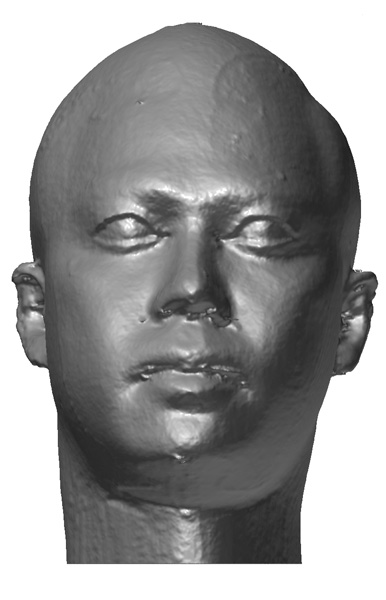 Figure 1. Now, take a look at Figures 2 and 3. What would you say about these heads? Are they deformed? I'd guess that almost everyone would say that these heads are both deformed, and that the head in Figure 3 is the most deformed.
Figure 1. Now, take a look at Figures 2 and 3. What would you say about these heads? Are they deformed? I'd guess that almost everyone would say that these heads are both deformed, and that the head in Figure 3 is the most deformed.
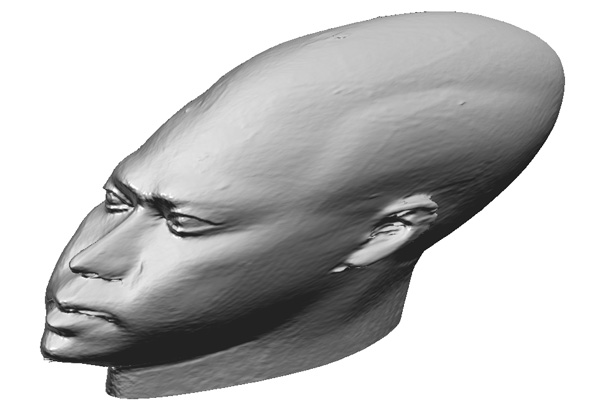 Figure 2.
Figure 2.
 Figure 3.
Figure 3.
However, these images are views of the same head, but viewed from three different angles.
There is a distortional strain imposed on this model of a head. It is a perfectly linear distortion of 5:1:1 (max:int:min axes of distortional ‘prolate’ strain ellipsoid) and the effect is seen in the model. The characteristic of a perfectly prolate strain is that if you view the object along the extension line (and only exactly parallel to this line), the object looks perfectly undeformed. At any other view, the object looks deformed.
Linear rocks are just as ‘deformed’ as foliated rocks!
Almost all geologists understand planar fractures (Figure 4) and foliated fabrics (Figure 5 shows a foliated dacite mylonite in core), and experienced geologists look for planar tectonic fabrics and measure them. Provided that you mark the core correctly,
as Brett Davis has preached, you can obtain accurate measurements of foliation from drill core.
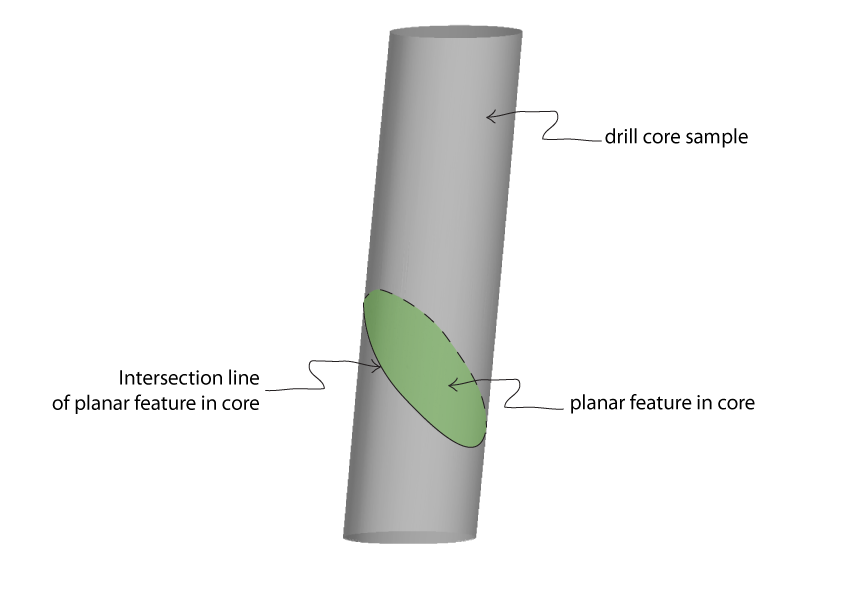 Figure 4. Planar features are easy to identify in core as the intersection of the planar feature and the core can be seen around the core.
Figure 4. Planar features are easy to identify in core as the intersection of the planar feature and the core can be seen around the core.
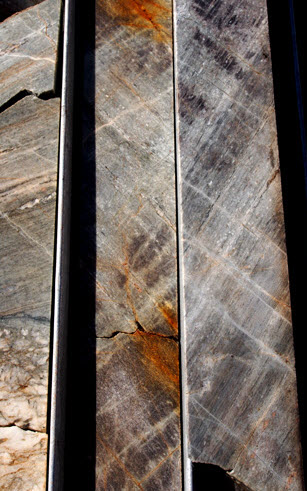
Figure 5. Planar mylonite fabric, as well as the criss-crossing fractures, are easy to identify in core.
However, we rarely come across geologists who can identify evidence for prolate distortion in a hand sample or core (see Sullivan 2013). Out of many hundreds of deposits, I can count on one hand the number of sites that actually measured stretching lineation fabrics from core and outcrop.
Yet prolate (lineated, or L-tectonites) and oblate (flattened, S-tectonites) strains are part of a spectrum of expected distortion recorded in deformed rocks (L-S tectonites are a combination of the two end-members). The range of possible distortional strain shapes were documented more than 50 years ago by Derek Flinn (1962) in a diagram that is now referred to as the 'Flinn Diagram', in honour of his contribution to structural geological knowledge (Figure 6).
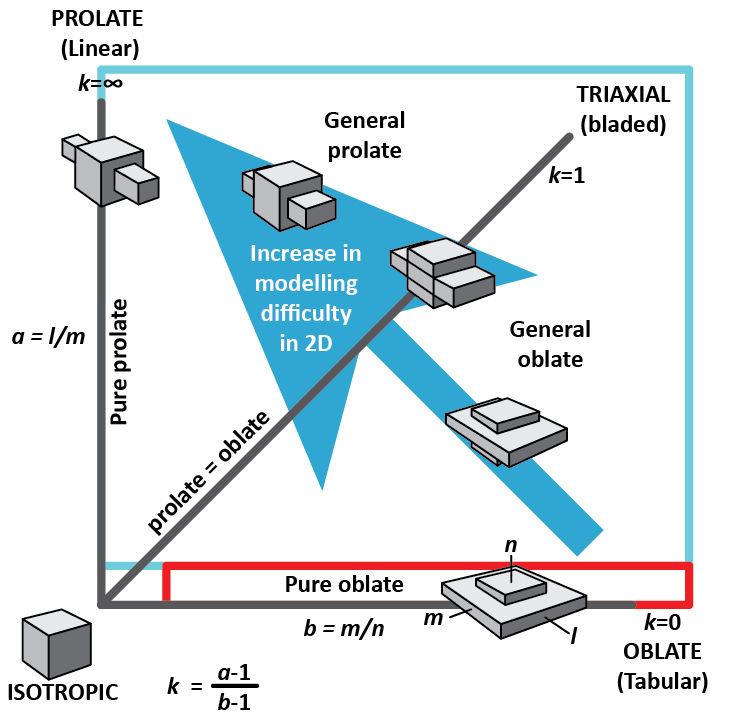 Figure 6. The Flinn diagram that summarises the range of distortional shapes resulting from ductile deformation of rock mass.
Figure 6. The Flinn diagram that summarises the range of distortional shapes resulting from ductile deformation of rock mass.
As the Flinn diagram illustrates, the variety of shapes that rock masses can distort into ranges from pure pancake shapes (oblate) to cigar shapes (prolate). The degree of distortional strain imposed on the rock mass (sometimes referred to as the R-value)
is expressed as a distance away from the origin of the Flinn plot (Figure 6) and it is independent of final shape (k-value). Thus, rocks that completely lack a foliation can actually be considered strained!
Most geologists working in the minerals industry are not familiar with these concepts of distortional strain; not knowing this can result in what I call 'weird theories' that try to explain linear features found in nature. Fanciful stories to explain linear ore bodies are one such example, and I will discuss some of these strange ideas in future posts.
Strained rocks are not just 'foliated'; they can also be 'lineated'. No-one can deny that distortion that completely lacks a foliation, as depicted in the head model of Figures 1 to 3, is not strained!
The lost art of rock fabric identification
Geologists have recognised preferred orientation of minerals in metamorphic rocks for more than 100 years, but the person who really made rock fabric studies an art form was Bruno Sander (1930) from Innsbruck University, Austria. Sander effectively invented petrofabric analysis and changed the way geologists analysed 'tectonites', as he called them. An illustration from Knopf and Ingerson (1938, p. 151), who presented some of Sander's findings in an English language publication, clearly show that geologists from the early part of the 20th century understood and identified prolate tectonic fabrics (Figure 7), thanks to Sander's careful observations.
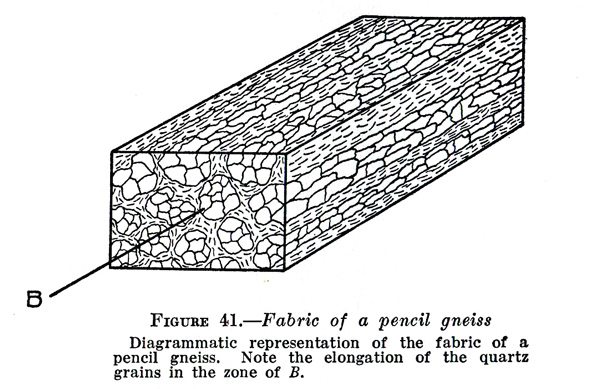 Figure 7. Figure of purely lineated pencil gneiss from Knopf and Ingerson (1938).
Figure 7. Figure of purely lineated pencil gneiss from Knopf and Ingerson (1938).
Many decades have passed since these early structural studies were undertaken--studies that became the foundation of modern structural analysis.
In the minerals industry, however, it’s almost as if these studies never existed, and it seems to me that most of this early brilliant work nearly a century ago has been completely forgotten or simply ignored by modern economic geologists.
Many geologists we visit at mine sites are not able to see these features because they have not been shown how to identify them in core, even if evidence for ductile strain is pervasive in the core laying out in the core yard. Many deposits that we have recently worked on (about four sites in the last six months alone) can be shown to be aligned with stretching lineation in the non-mineralised host, but since the host is not mineralised, economic geologists are not interested in studying them, thus companies are missing out on the practical benefits of structural analysis.
Lineated rocks (L-tectonites) can be just as strained as pure foliated rocks (S-tectonites) and distortions that are a combination of the two (L-S tectonites); however, strongly lineated rocks can go unnoticed in many deposits, particularly when the samples are in diamond drill core. Furthermore, foliations do not exist in L-tectonites; therefore, rocks without a foliation can be mistakenly identified as 'undeformed' rocks, even if the distortion is just as substantial as in foliated rock mass.
Unfortunately, instead of understanding the effects of ductile strain at most exploration and mine sites, most geologists are worried about the inconsequential effects of narrow brittle faults (see
my earlier post on faulting). The degree of massive distortional strain recorded as ductile strain in the rocks goes completely unnoticed for many years, even decades.
If geologists don't understand the concept of 3D distortional strain, their geological models for resource estimation and exploration targeting can be completely wrong. If you want to accurately model geology and ore geometries, understanding bulk strain is absolutely critical, but you won't hear this message from geological modelling software makers who push widgets (the exception is Midland Valley, the makers of 3D Move, which was invented by structural geologists).
My firm belief, which gets reinforced each time we consult to companies, is that it isn't possible to accurately understand the geology of ore deposits without understanding the bulk strain characteristics.
How to identify lineated fabric in drillcore
With a pancake-shaped distortion (oblate strain) everything gets flattened (Figures 4 and 6). Traditional sectional geological modelling assumes planar geometries, which is a requirement for modelling using sectional methods of interpretation (Figure 6). However, things get complicated when the shape you are trying to model departs from this and includes a component of linear stretch (Figure 6). Shapes that depart from the pure oblate shapes are difficult to model using sectional methods and pure prolate shapes are almost impossible to model from sectional interpretation. These prolate shapes aren't easily recognised in drill hole so I'll show how they can be identified in core.
It's easier to identify lineation in outcrops as some slab faces are parallel to the lineation (see Sullivan 2013, fig 1A), but the identification of lineation from drill core is quite tricky. Linear features look quite different on the surface of the core from one place to another, which is a function of the orientation of the lineation with respect to the curving core surface (Figures 8 and 9).
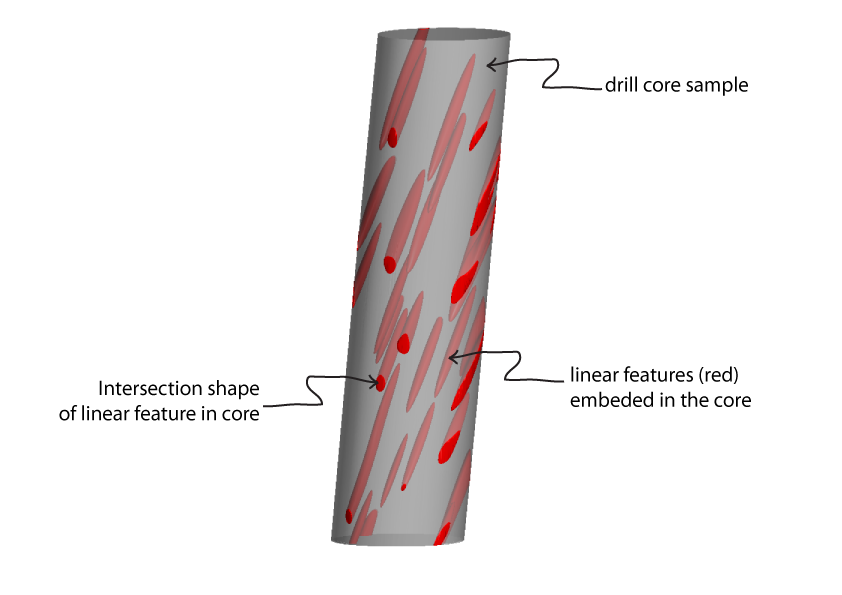 Figure 8. Embedded linear features in core.
Figure 8. Embedded linear features in core. 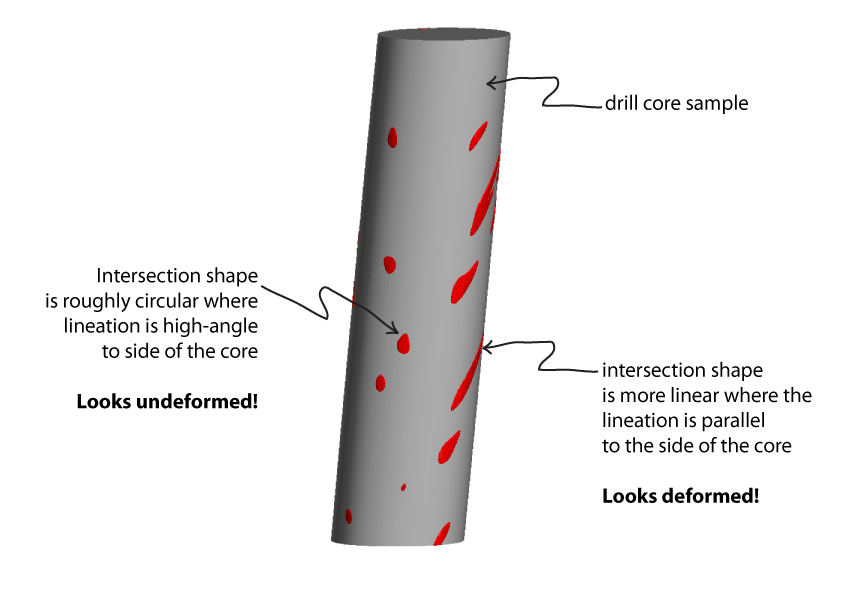 Figure 9. Intersection of linear fabric appears undeformed at one location but deformed 90° away about the core axis.
Figure 9. Intersection of linear fabric appears undeformed at one location but deformed 90° away about the core axis.
Where the surface of the core is orthogonal to the lineation, the fabric appears relatively undistorted and the rock almost looks 'not strained' (Figure 10). Phenocrysts or objects in the rock such as clasts and shells, can look perfectly preserved and undistorted, but don't let this fool you as you will be duped just as you were by the 'undeformed' head in Figure 1.
 Figure 10. Deformed dacite has a ghost trace of an earlier tectonic foliation (S1), but otherwise it appears not very strained. The amphibole crystals are not extremely elongated and appear undeformed with a weak physical alignment with S1. The arrow points to the side of the core shown in Figure 11.
Figure 10. Deformed dacite has a ghost trace of an earlier tectonic foliation (S1), but otherwise it appears not very strained. The amphibole crystals are not extremely elongated and appear undeformed with a weak physical alignment with S1. The arrow points to the side of the core shown in Figure 11.
Turn the core about its axis and look for a lineation on the core surface 90° from where you thought the rocks looked 'undeformed'. Effectively, you are now looking at the most distorted view to allow identification of the lineation (Figure 11); this view is equivalent to the most distorted view of the head shown in Figure 3. You need to look all around the core to identify this linear fabric, and unless you have done this, you can miss this information.
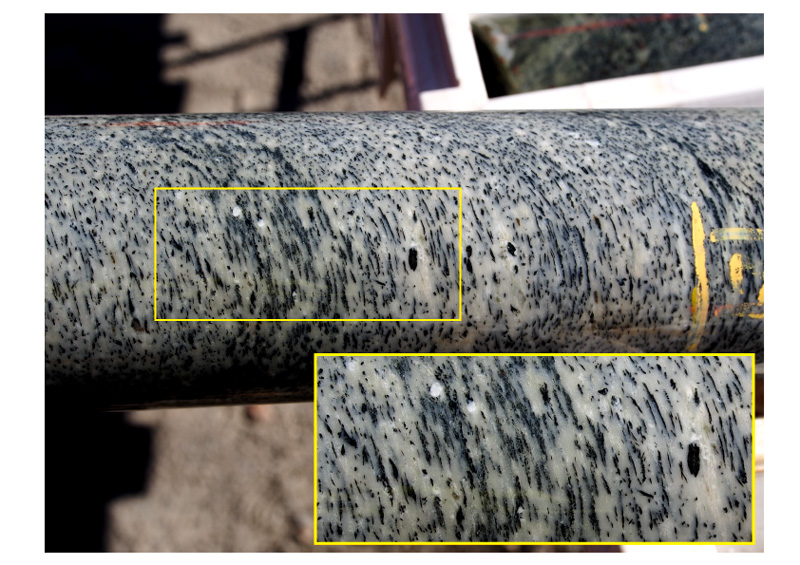 Figure 11. A view of the same core in Figure 10, but 90° from the 'undeformed' view of Figure 10. Amphiboles are strongly aligned forming a linear fabric.
Figure 11. A view of the same core in Figure 10, but 90° from the 'undeformed' view of Figure 10. Amphiboles are strongly aligned forming a linear fabric.
The deformed dacite shown in Figures 10 and 11 had developed an earlier foliation (D1) that was then subsequently deformed by another deformation (D2). This second phase of deformation appears to have developed a strong linear fabric in places, and I estimate that the stretch might be similar to, or more than, the distortion of the head shown in Figure 3 (i.e. >5 linear stretch). It is almost pure stretch in places, so in Figure 10 the minerals look almost 'undeformed' from certain angles viewing parallel to the lineation, just like the head in Figure 1. Turn it 90° about the core axis and you can clearly see (Figure 11) that a lineated fabric is strongly developed; this is also synchronous with amphibole growth, and, therefore, D2 coincided with peak metamorphism.
In this particular deposit, the linear fabric is pervasive and can be seen in various levels of strain in 90% of the drilled rock mass. The mineralised zone happens to be parallel to this stretching lineation; this is common in many deposits that Orefind has investigated.
Implications for exploration and resource evaluation
Reading the effects of strain in any deposit is absolutely critical; I regard it as an essential component of good practice in exploration and geological modelling for resource evaluation. If you ignore strain, you are flushing your investment in exploration and mining down the drain, which isn't something you can afford to do at any time, let alone during an industry downturn.
For example, Figures 12 and 13 show an image of a deposit that is hosted in a L-tectonite.
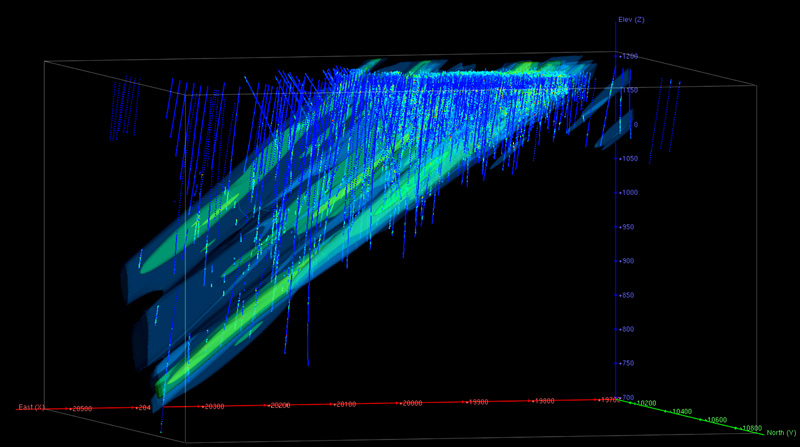 Figure 12. Grade and grade contours of a deposit hosted in an L-tectonite.
Figure 12. Grade and grade contours of a deposit hosted in an L-tectonite.
 Figure 13. Grade contours of the deposit shown in Figure 12.
Figure 13. Grade contours of the deposit shown in Figure 12.
The high-grade metamorphic rocks that host this deposit has an almost pure stretch that can be modelled with an extreme prolate anisotropy of 10:1:1, and the position of the ore can be predicted hundreds of metres down-plunge from the surface.
There is no foliation developed in this rock mass, only stretch, so many geologists would be blind to the extreme effects of this deformation.
With this deposit, if the prolate fabric is recognised at the erosion surface, this information can be used to predict the position of the mineralisation hundreds of metres down prior to drilling; thus, the financial benefits of 'reading strain' from the host rocks are obvious.
Incorporating the effects of ductile strain into geological modelling was the fundamental basis for my conceptual development of Leapfrog software. I continue to use Leapfrog software primarily as a structural geological tool, and everything falls into place logically, including sensible geological modelling that results in geometries and features that are consistent with strained rocks (Figure 6).
If you want to know the most effective methods of using Leapfrog for exploration or for resource estimation modelling,
please get in touch with me at Orefind. Our structurally based methods of modelling and exploration targeting aren't available from any software maker or any other consulting company.
References
Flinn, D, 1962. On folding during three-dimensional progressive deformation.
Quarterly Journal of the Geological Society of London, 118:385–428.
Knopf, E.B., and Ingerson, E., 1938. Structural Petrology.
Geological Society of America, Memoir 6. 270 p.
Sander, B, 1930.
Gefugekunde der Gesteine. 352 p (Springer: Vienna).
Sullivan, W.A., 2013. L tectonites. Journal of Structural Geology, 50: 161-175.
---